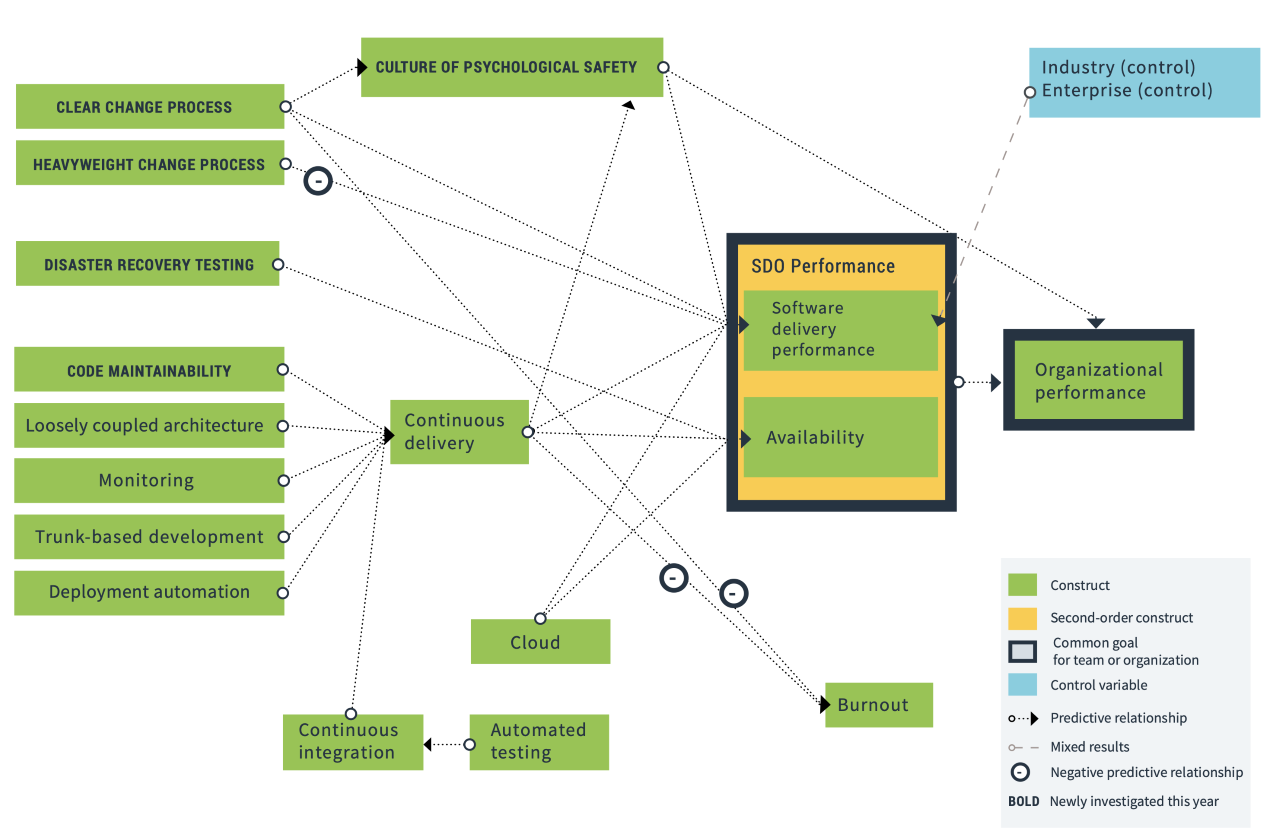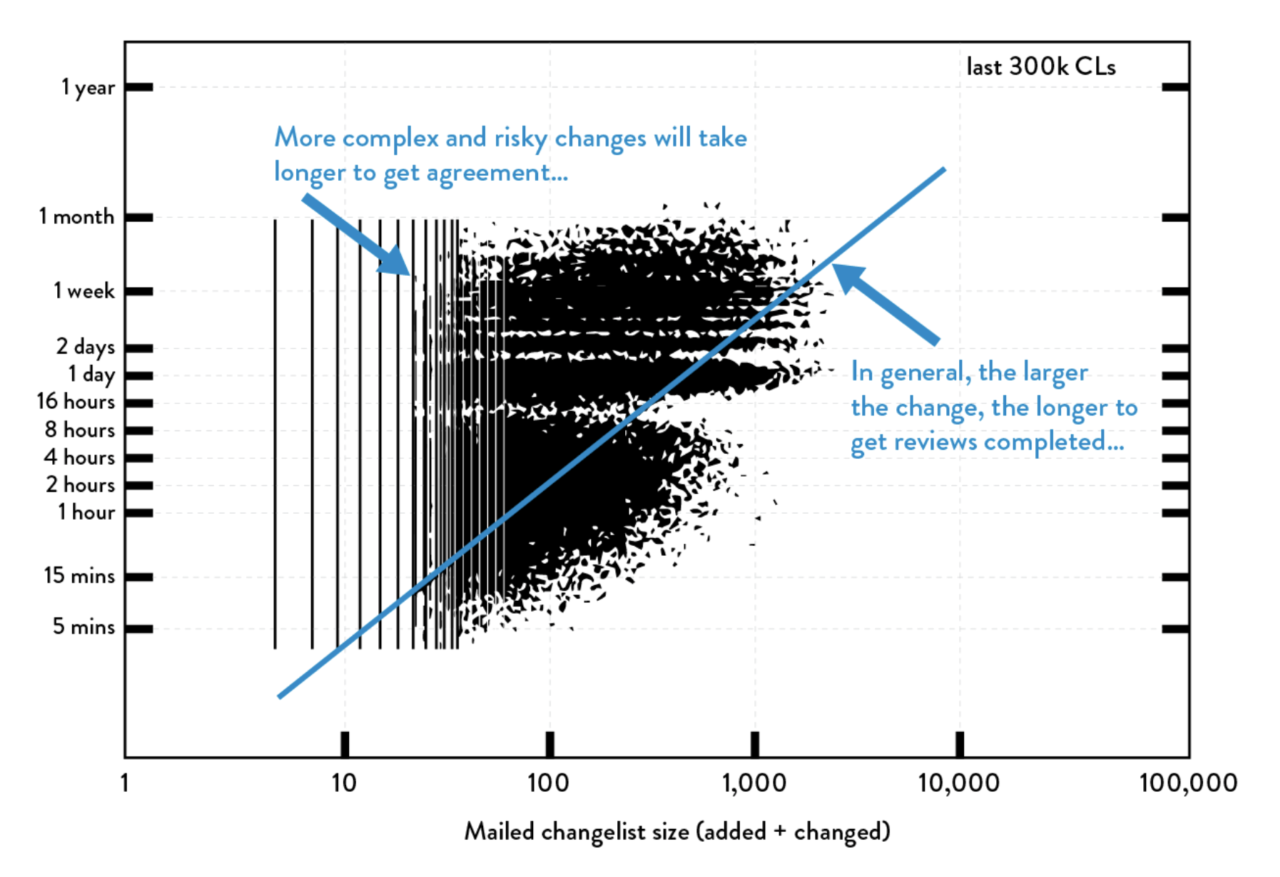Stuck on choosing a Git branching model? This article will help you decide.
It’s always the same story. I join a new project with a new team, excited about what we are about to create together. Software making is a team sport so, together is a key-word here. We brainstorm together, and design together. But, unfortunately, most of the time we code alone. Like always we quickly remember that all our code has to be then merged somehow, and so the history repeats itself. We are choosing a branching model — again.
















